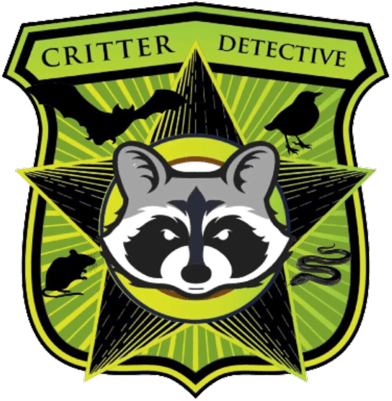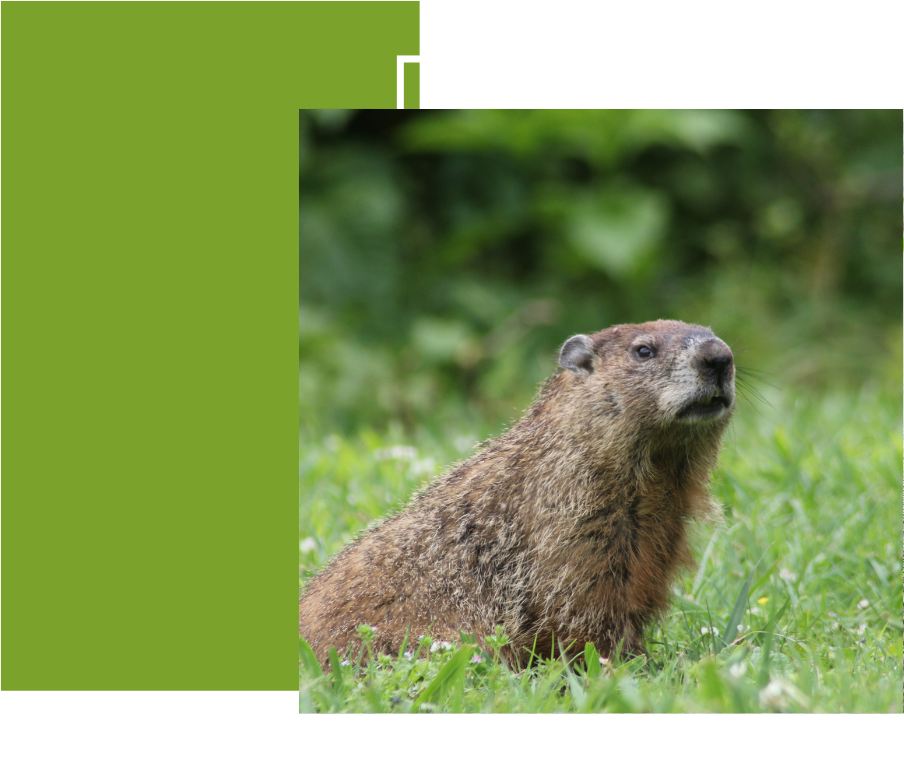Often perceived as just another part of our local wildlife, these animals, also known as woodchucks, can become a serious nuisance. Our team has seen firsthand how they can wreak havoc in both residential and commercial settings. The damage caused by their burrowing and feeding habits is not just a minor inconvenience; it can lead to serious structural issues and landscaping woes. It’s crucial for property owners to recognize the signs of an infestation, which include visible burrow entrances, disturbed soil, and damaged vegetation.
Understanding the behavior and characteristics of groundhogs is the first step in mitigating their impact. Our experience shows that they can be surprisingly elusive, often causing damage before they are even noticed. We've seen properties with extensive burrowing that compromises the integrity of structures, leading to costly repairs. These animals can also be a threat to gardens and landscaped areas, as their diet primarily consists of various plants and vegetables.
Understanding Groundhogs
These sturdy animals are typically brown-furred and can be surprisingly agile, capable of both climbing and swimming. However, it's their burrowing that poses the most significant problem. These burrows are not just simple holes in the ground; they are complex systems that can extend beneath your property, causing unseen damage. This can weaken foundations, disrupt underground utilities, and create unsightly mounds and holes in your yard.
Additionally, groundhogs' dietary habits can ravage gardens and landscaping. They have a particular fondness for vegetables and flowers, making your well-tended garden a prime target. We've seen countless gardens in the Cincinnati area decimated by these creatures, leading to frustration and financial loss for gardeners and homeowners alike.
Health Concerns
When dealing with these animals, it's not just property damage that's a concern. Our team at Critter Detective has seen the health risks these creatures can pose. They are carriers of various parasites and diseases, some of which can be transmitted to humans and pets. This makes professional removal not just a matter of property protection but also of public health. Furthermore, when cornered or threatened, these animals can become aggressive. This poses a risk not just to our team but to homeowners and their pets. We’ve seen cases where curious pets have been injured by defensive groundhogs. This is why we always emphasize the importance of professional, humane removal methods.
Legal and Environmental Considerations
In Ohio, wildlife removal is governed by specific laws and regulations, and we are well-versed in these. We ensure that all our removal practices are in full compliance with state laws. This legal adherence is not just about following rules; it reflects our commitment to responsible and ethical wildlife management.
Preventative Measures And Property Protection
Preventing future infestations is as important as addressing current ones. Our team provides expert advice and services to help you safeguard your property against these nuisances. This includes habitat modification strategies, such as removing food sources and access points, and installing barriers to deter burrowing.
We also offer comprehensive property inspections. Regular checks can be key in early detection, preventing extensive damage and the need for more invasive removal methods. These inspections are thorough, covering potential burrow sites, food sources, and signs of new activity.
If you're facing issues with these pests in Oxford, Mount Healthy Heights, Day Heights, and the surrounging area don’t hesitate to contact us at Critter Detective. We offer consultations and assessments to determine the best course of action for your specific situation. Our services cover the Cincinnati area and its surroundings, ensuring timely and effective response to your wildlife concerns.
Frequently Asked Groundhog Questions
Q1. I've heard about Groundhog Day where a groundhog predicts the weather. Is there any truth to this tradition?
A1. The tradition of Groundhog Day, where a groundhog is said to predict the coming of spring based on whether it sees its shadow, is more folklore than science. Originating from German settlers in Pennsylvania, this tradition has become a popular cultural event. Scientifically, they don't have the capability to predict weather changes. The behavior observed on Groundhog Day is more related to their hibernation patterns than any meteorological prediction.
Q2. What natural predators do groundhogs have, especially in urban areas?
A2. Despite being burrowers and having some protective measures, they do have natural predators. In rural areas, their common predators include coyotes, foxes, and birds of prey like hawks and eagles. In urban environments, their predator list is shorter but may include domestic dogs, cats, and in some areas, urban-adapted coyotes. The presence of predators can influence groundhog behavior, often making them more cautious and elusive.
Q3. I rarely see groundhogs in groups. Are they solitary creatures?
A3. They are indeed primarily solitary animals. They are territorial and usually live alone in their burrows except during the breeding season, which is in early spring. After the mating season, the male and female go their separate ways. The young groundhogs stay with the mother only until they are able to survive on their own, after which they disperse to establish their own territories. This solitary nature contributes to their survival tactics, as being alone reduces the chances of attracting predators and competition for food.

